A Journey to Yading Sanctuary with Tibetan Muleteers
© Patrick WackFrom one Shangri-La to another Shangri-La, Patrick Wack went in the footsteps of legendary explorer Joseph Rock
In between Shangri-La in Yunnan and Shangri-La in Sichuan, it is still possible to discover another Shangri-La, the one inspired by the Tibetan Buddhist myth of Shambala. The epic landscapes seen and photographed by the botanist and explorer JF Rock still exist. Nevertheless, to explore them one must get away from known paths and Chinese modernity, climb mountains, follow Tibetan muleteers and their horses for one week, go back in time, go back to the ancient trails of the Tea and Horse Road. This road is one of the world’s most ancient trade route, and without a doubt the highest of them all, going through passes at altitudes reaching 5000 meters. Since the eighth century it has been a hyphen between rural China, the high plateau’s Tibetans, and all the mountain ethnicities living along the route.
Patrick Wack embarked on a nine-day journey through the mountains of West-Sichuan to reconnect with the still virgin lands of the Yading sanctuary. First documented by Joseph Rock exactly ninety years ago, he hiked through this unspoiled natural reserve with French writer and explorer Constantin de Slizewicz , a dozen Tibetan muleteers and they're twenty horses.
For the Chinese, the myth of Shangri-La has turned into reality. Today, two cities in China bear the name/brand Shangri-La. The most famous one, formerly called Zhongdian, is the Dêqên Tibetan Autonomous Prefecture, in the North of Yunnan Province. The other one is a little town, the Garzê Tibetan Autonomous Prefcture, located at the entrance of the Yading National Park in the West of Sichuan Province. For more than a decade both places have massively invested in developing touristic infrastructure.
Yading – Daocheng inaugurated in 2014 a new airport, the highest in the world – at an altitude of 4411 meters - and over the past two years, many resorts have been constructed at the gates of Yading National Park. On the Yunnan side, the small town of Zhongdian has been experiencing a similar chain of events since 2001. The former little town of 10,000 inhabitants has now grown to over 100,000 and in 2008 alone more than three million tourists came to visit Shangri-La. Nearby, the Putacuo National Park – the biggest one in China, which aspires to be the Chinese Yellowstone – hosts more than 30,000 tourists on a daily basis during official holidays.

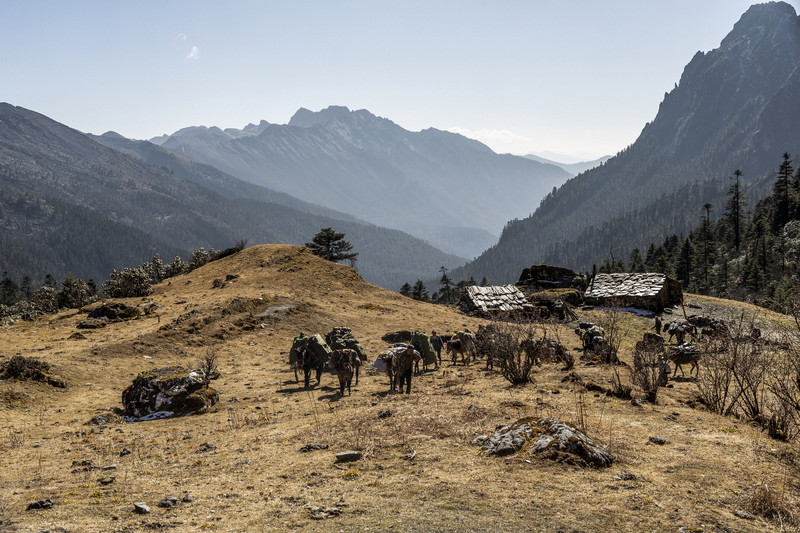


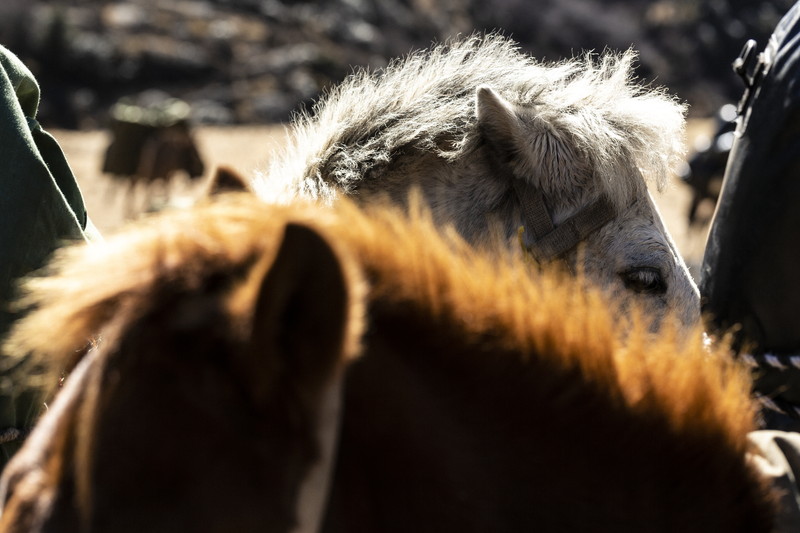
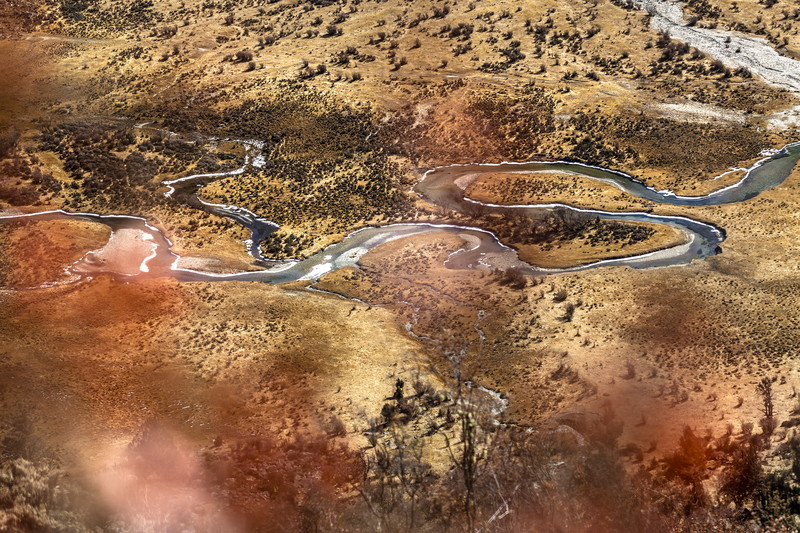
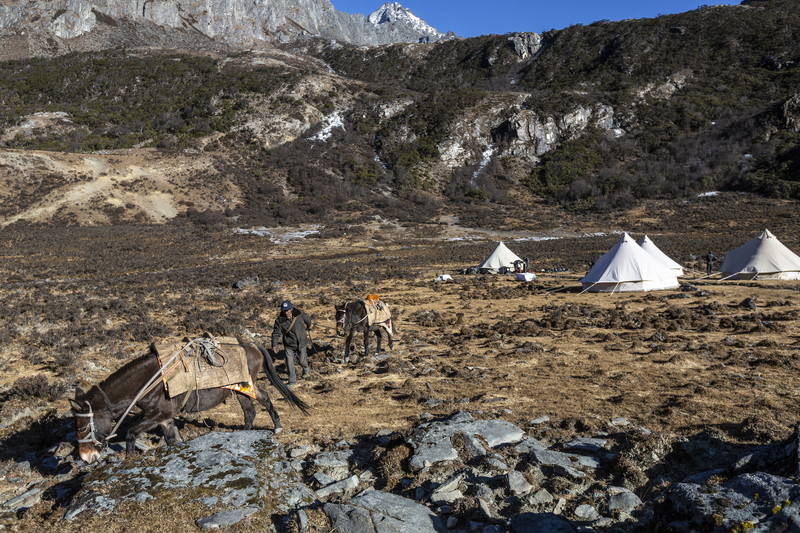

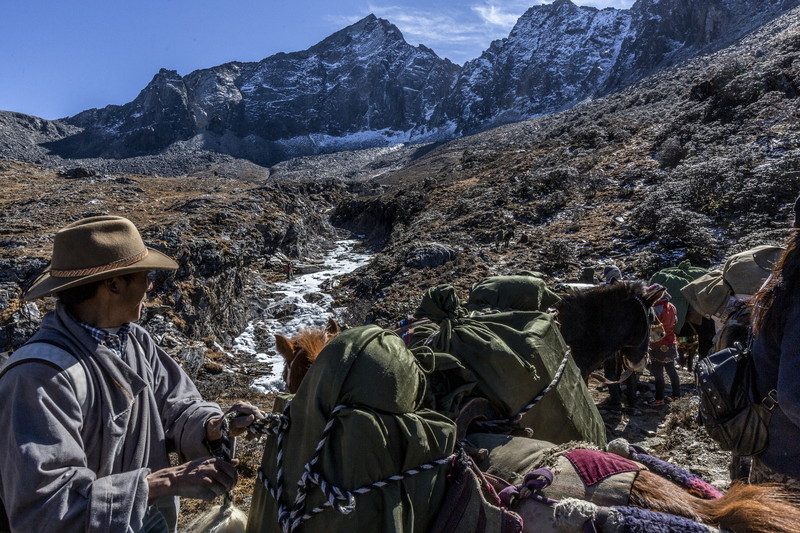
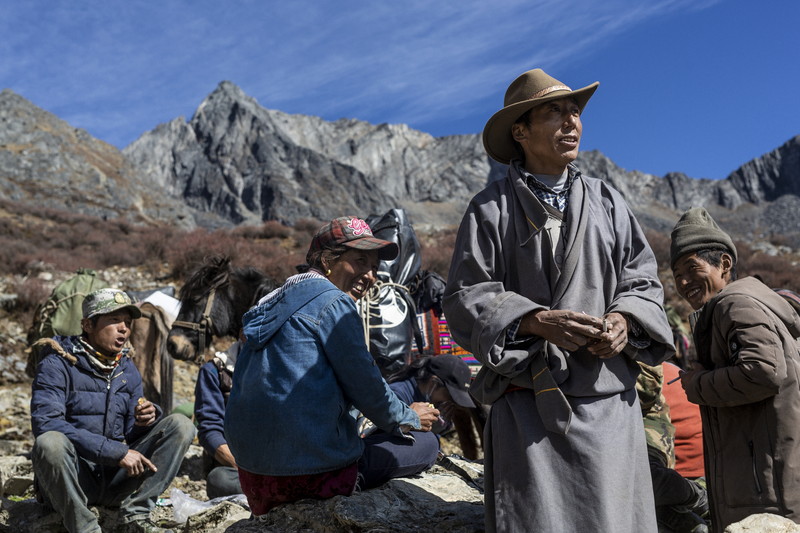


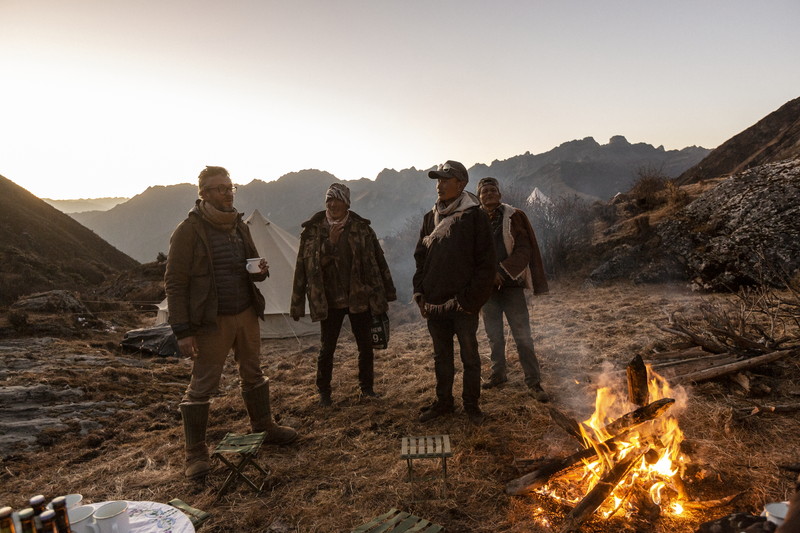
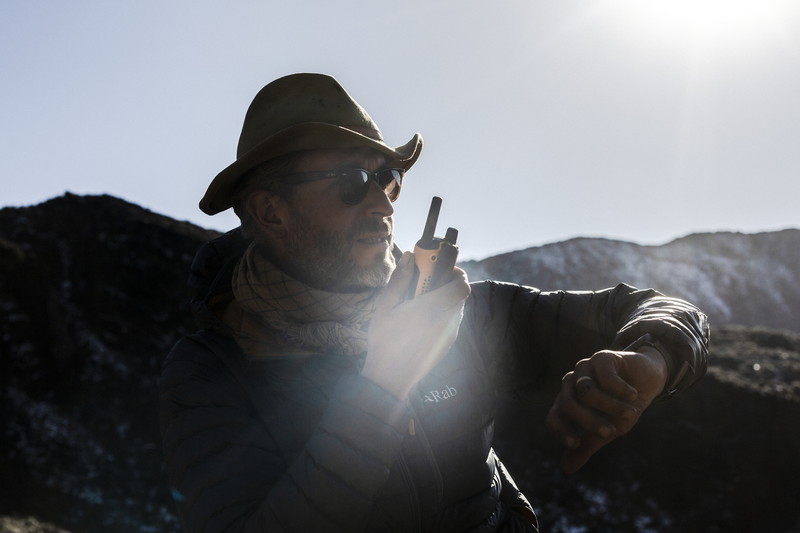
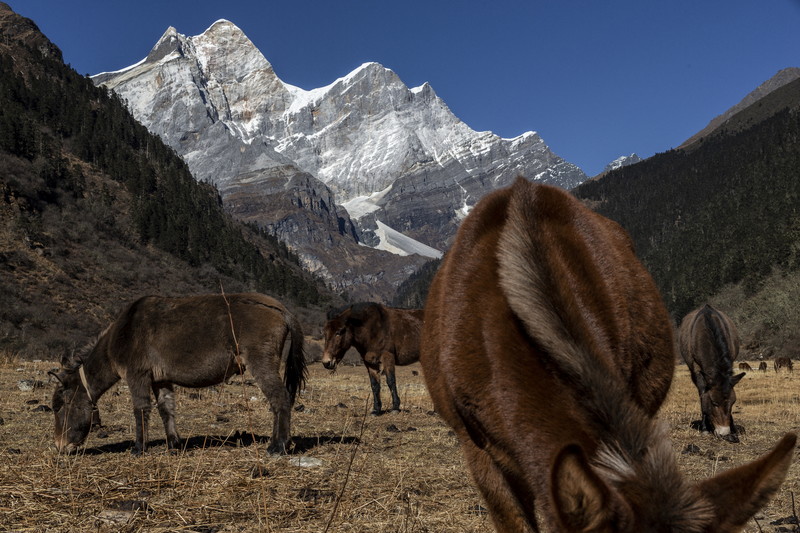
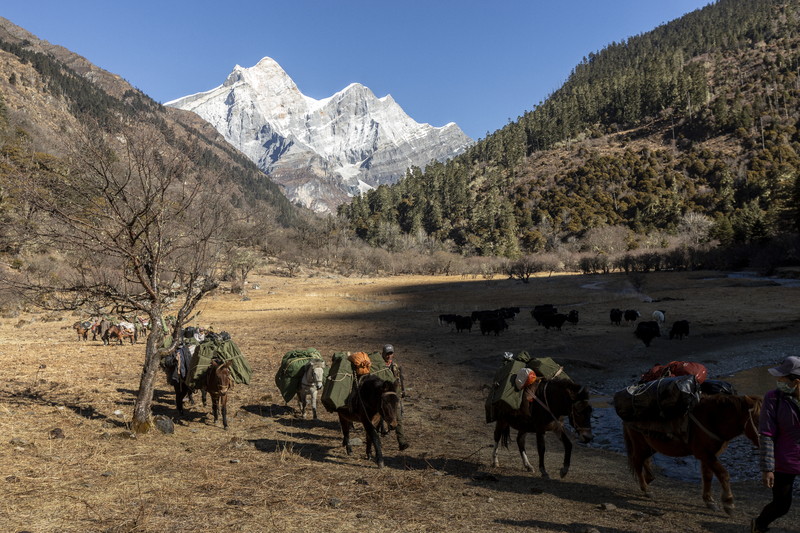
A novel inspired by JF Rock’s articles
In his novel, Hilton describes Shangri-La as an inaccessible valley hidden at the heart of the Himalayas, in between Asia’s greatest rivers. After their plane crashes, three American travelers discover an earthly paradise. A former Jesuit, father Perrault, governs Shangri-La’s lamasery, perched in front of the Karakul Mountain. To those who accept the initiations of the “big lama priest”, he promises calm and depth, maturity, wisdom and clear enchantment of memory... This book, written on the dawn of World War Two incarnates the hope of a better life in a lost valley of Tibet, in a utopian city where slowly aging is bliss.
Hilton’s inspiration for his plot came from some National- Geographic reportages, especially those made by the extravagant botanist Joseph Rock. American born Austrian, JF Rock lived from 1922 to 1949 in the region of Lijiang. The reportages he published in Nat-Geo on the holy mountains of Gongga Shan and Yading, the hidden kingdoms of Muli and of the Lugu Lake, but also on the Christian missions in the valleys of the Mekong and the Saluen had a great influence on the author of Lost Horizon.
click to view the complete set of images in the archive
